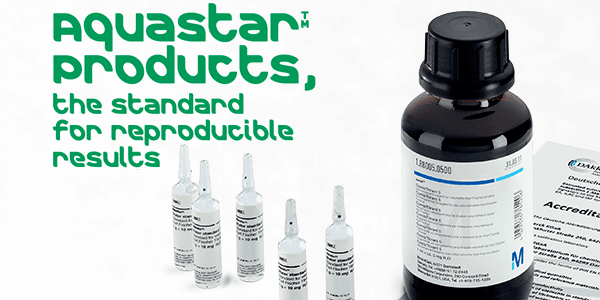This article examines the information that can be generated using the latest GPC/SEC technology, which brings the sensitivity needed to differentiate similar polysaccharide samples, and the complementary application of flow injection polymer analysis (FIPA), which facilitates application of GPC/ SEC in the manufacturing environment.






